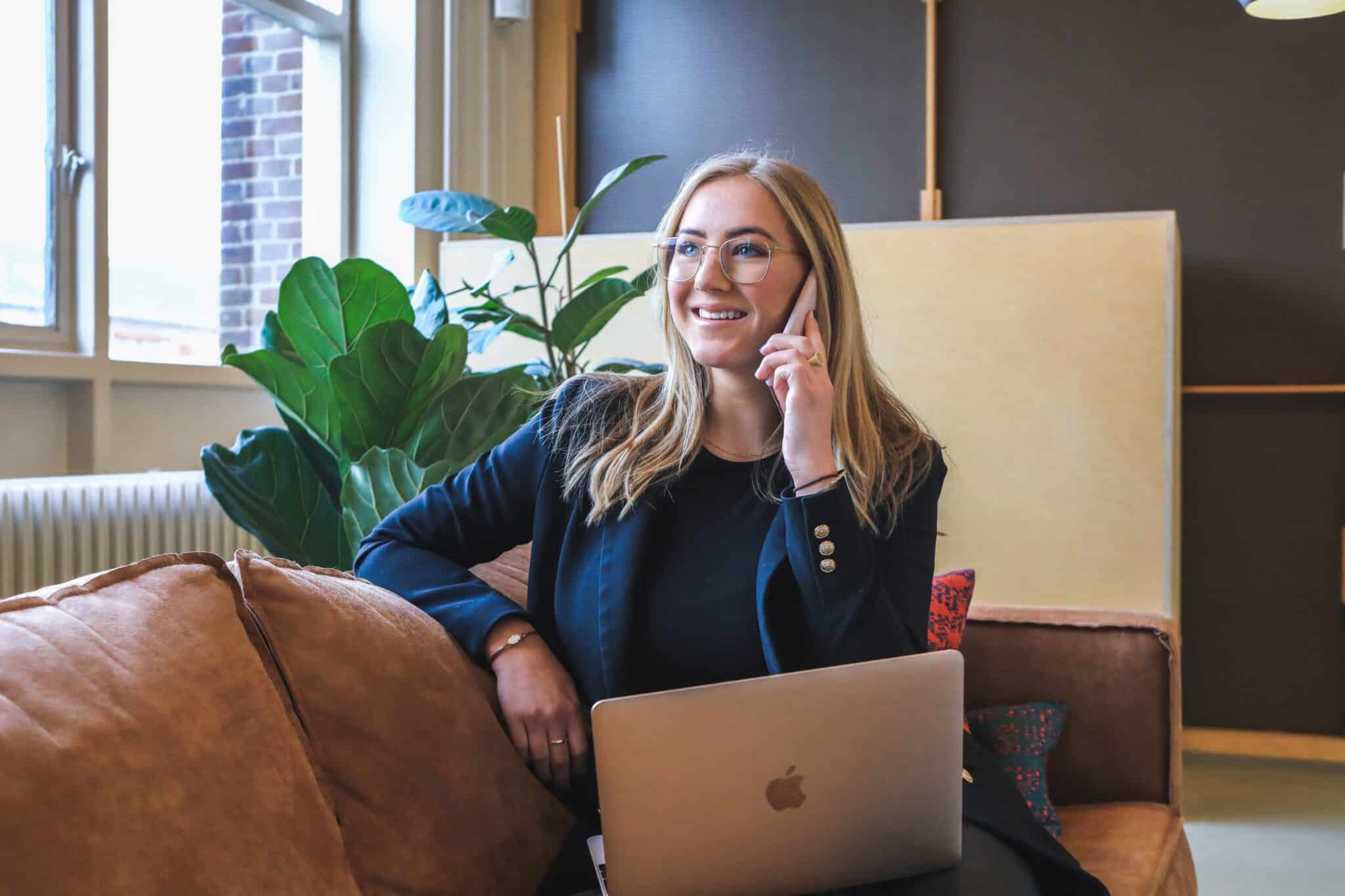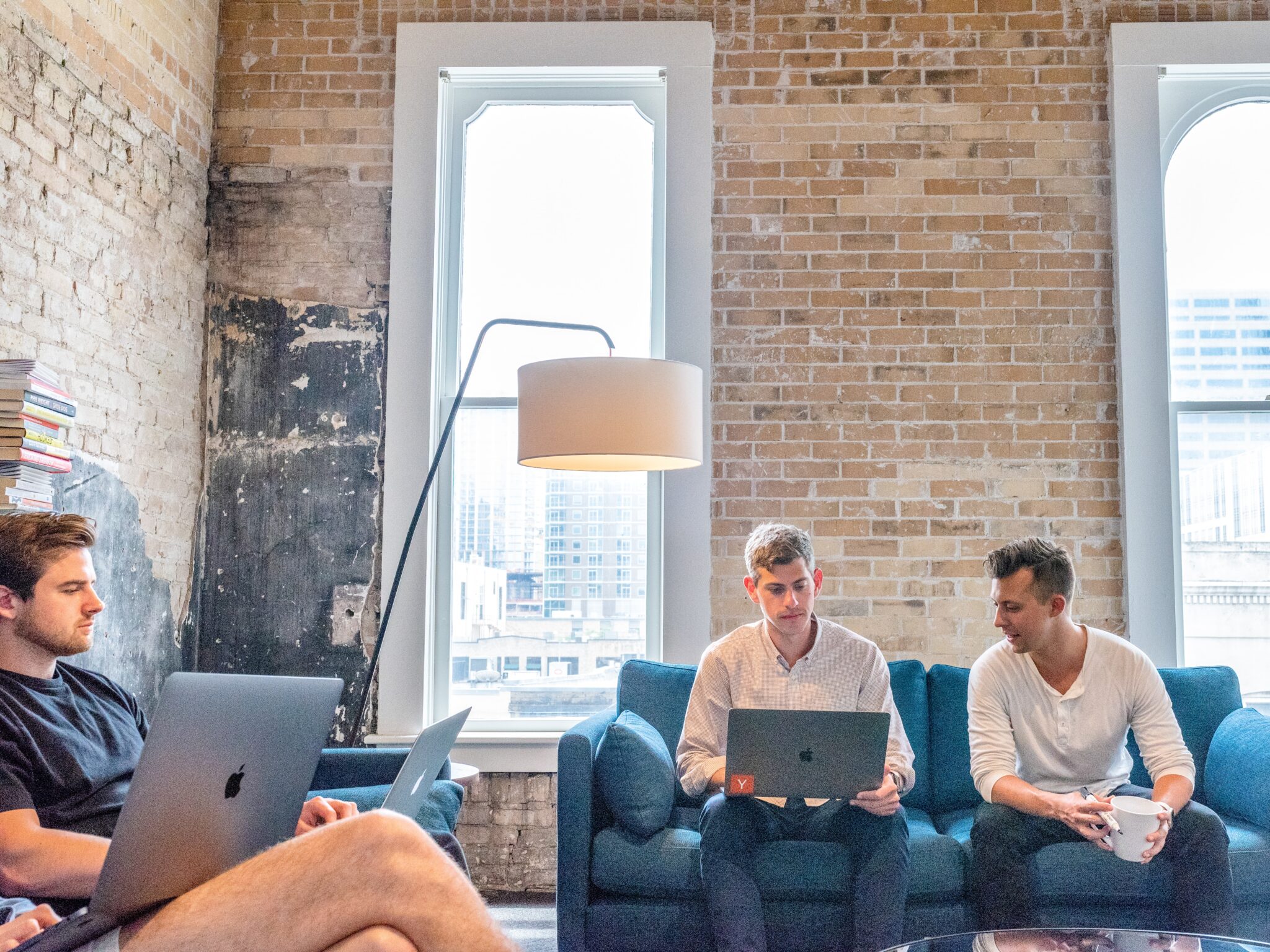Generations in the workplace: How to support a diverse workforce

With so many different generations in the workplace, work has never been more diverse. Employees from many generations now share the workspace. But that doesn’t necessarily mean they share expectations for how that workspace is best structured.
Employers should consider how best to use the workspace and available tools to accommodate the different generations in their staff. By embracing generational differences while still keeping the focus on employee experience, employers can create a better office for everyone.
In this article, we match the different generations in the workplace to which workplace models and tools are best suited to each.
Generations in the workplace
All employees bring their unique life experiences and worldview to the office, which is partly shaped by their generation. While the traditionalists of the silent generation made from experienced employees has largely retired, and the modern, alpha generation has yet to be working age, the workplace still spans several age groups and demographics. When you were born helps inform your values, along with how you communicate and approach your career. This can lead to ‘generation gaps’ between groups despite having a similar work ethic.
Generation gaps in the office typically become a challenge when communication styles and expectations aren’t aligned. Employers can overcome these challenges by using flexible tools and workplace models that can accommodate different work styles. The goal should always be to maximize productivity and improve employee experience.
That’s why it’s important to understand the unique characteristics of all the different generations on your staff.

Baby Boomers grew up with traditional workplaces
The Boomers were born between 1946 and 1964. As such, they grew up and started their careers without most of the technology we take for granted today.
But don’t count Boomers out yet—the youngest are still in their 50s and very much in the workforce. In fact, Boomers make up 25% of the workforce. And what’s more, 65% of them plan to work past the age of 65.
Boomers are typically loyal employees and often have decades of industry experience and knowledge. This makes them invaluable and dependable members of your team. Growing up well before the advent of texting or email, they may also be most likely to pick up the phone or prefer face-to-face meetings.
Because of their early work experiences, many Boomers gravitate towards more traditional workplaces. As a result, they may be less inclined to use options like flexible seating or hot desking.
That said, agile work can appeal to Boomers. This allows employees the freedom to work in the way that they find most conducive to maximum productivity. According to Advanced Workplace Associates (AWA) Director Chris Hood, agile work lets employees make “spur-of-the-moment choices as to where, when and with whom they work.” This offers Boomers a flexibility they may not have previously enjoyed.
And because they are nearing retirement, flexible work options like reduced hours or working in shifts may also appeal to this generation.

Generation X craves flexible work
Gen X includes everyone born between 1965 and 1980. This means that today they are mid-career and now often stepping into management and decision-making roles.
This generation grew up alongside the evolution of the personal computer, but well before smartphones and the internet. Even though they were older when technology came to dominate work like it does today, they remain very tech savvy.
With experience in both older and newer office settings, Gen Xers are equally comfortable with face-to-face interactions as digital communication. They generally prefer whichever form of communication is most effective for the task at hand.
Since Gen Xers tend to prefer autonomy, they may gravitate to office neighborhoods. This positions them where they are more in control of their seating arrangements and work flow.
They also want a workplace with more individual emphasis and flexibility. Because of family duties and the desire for autonomy and control, hybrid work, often appeals to Gen X. This is because the hybrid workplace blends both in-office and out-of-office work. Agile work can also give Gen Xers the autonomy they crave.

Xennials bridge the gap between agile and remote work
Employers looking to bridge generation gaps in the office may want to consider the Xennials. Also called the Oregon Trail Generation, this is a micro-generation born between 1977 and 1981.
Xennials are a unique group of individuals. Born in an analog world, they can remember having record players and cassette tapes in their homes. But they can also remember getting their first personal computers (where many played the Oregon Trail video game). As preteens and teenagers, they were introduced to the internet. Cell phones and social media; however, weren’t available until they were young adults.
As such, Xennials bring a very unique relationship to technology to the office. This can be helpful when dealing with communication struggles between generations. They’re comfortable with traditional workplace and communication practices, while remaining completely fluid in the latest technology.
And like the Gen X and Millennial generations they straddle, Xennials will be drawn to flexible and agile work options.

Millennials love remote work
Given their size and influence, it’s nearly impossible to explore generations in the office without covering Millennials. Millennials (or generation Y) were born between 1981 and 1996. The largest generation cohort currently working, they are expected to make up 75% of the global workforce by 2025.
Millennials are famously the first truly tech-centric generation. They grew up with personal computers, using the internet, and smart phones in their early years. As such, many in this generation prefer email, instant message, and text over face-to-face interactions and phone calls. This makes integrated workplace communications essential.
Millennials also prefer work that is meaningful and collaborative. This is the generation that helped usher in quirky workplace trends like ping pong tables and bean bag chairs. They also embraced more serious options like hot desking (where desks are shared), open office spaces, daycare, and activity-based working.
In particular, activity-based working appeals to this generation, because it creates adaptable workspaces that encourage flexibility and collaboration.
Millennials famously also like remote and hybrid work models, and also gravitate to agile work. They especially want control over their schedule and work assignments, along with a good work-life balance. A Flexjobs survey found that 78% of Millennials said flexible work options would make them more loyal to a company. And 70% would consider leaving a job without flexible benefits.
Note that by several measures, Millennials fared less well than Gen X while working from home during the pandemic. This is likely in part because many in this generation currently have young children. This highlights the need to offer all workers flexible options. It is also a reminder that many factors, and certainly not just generation, affect a worker’s needs.

Generation Z and agile work
Also known as the Zoomers, Gen Z is the youngest generation entering the workforce. Born between 1997 and 2012, this is the first generation of true ‘digital natives’. They have been experiencing computers, the internet, and smartphones from birth or their earliest years. They are also entering the workforce with less work experience than previous generations. Helping them adjust can offer new challenges for employers.
Gen Z is a collaborative generation that values diversity, social responsibility, and meaningful work. They also like regular and continual feedback from their supervisors. In fact, 40% want to interact with their boss daily or even several times a day. For this reason, they may benefit from software options like Slack and Microsoft Teams.
Zoomers tend to be more individualistic and self-directed. They usually want some flexibility in how they do their work and in their work hours. This makes them prime candidates for agile work. They also like multitasking and working on multiple projects at once. This means they’ll likely require software that makes it easy to find, book and connect with everything they need, easily.
According to Forbes, because Gen Z values independence and working alone, they may prefer their own office space, over the collaborative spaces enjoyed by Millennials. And interestingly, 53% of Gen Zers prefer face-to-face meetings over text and email. This is a further reminder not to stereotype too broadly when planning for multiple generations in the workplace.
And while members of Gen Z are more than 3 times more likely to change jobs than other generations, they are also inclined to stay put when they enjoy their job. This makes managing workplace culture and employee experience critical for anyone worried about turnover.

Managing a new multigenerational workplace
The diversity of today’s workforce means that there’s rarely a one-size-fits-all approach to workplaces. Each company will need to assess its own unique strengths, needs, and workforce to create a workplace model that works best for the generations in their workplace.
That said, there are some key takeaways for every employer managing a multigenerational workforce.
Younger employees expect sophisticated tech
Employers wanting to recruit and keep Millennial and Gen Z workers must have sophisticated new technology to offer them.
A recent poll found that 16% of Gen Z and Millennial employees have already quit a job if they are not given the proper technology to perform it. And 34% of Millennial leaders and younger workers have turned down jobs that used dated or hard-to-use technology.
We can only expect these numbers to rise as tech becomes more and more integrated into the office. If companies want to attract and keep top talent, the days of skirting by on bad technology solutions are over.

Both older generations and younger generations in the workplace appreciate flexible work
The media may like to play up the differences between generations, but the reality is that these groupings are imprecise at best. You’ll find great diversity among individuals in the same generation, and similarities across generations.
But there is one important similarity that spans all generations, whether dealing with older workers or younger workers. Every generation prefers a flexible and agile work environment to some degree. As the pandemic has made clear, the future is hybrid. Companies that offer flexible and hybrid workplace options are the ones most likely to succeed in today’s world.

Employee experience narrows the generational divide
When managing a diverse workforce, smart employers should always keep the focus on employee experience. This is basically the sum total of an employee’s interactions with their employer.
When dealing with multiple generations, it’s also best to communicate through a variety of channels to accommodate different communication styles.
Team building activities are another important element to uniting a diverse workforce.
And remember that values and priorities shift throughout an individual’s life. When Gen Xers were just entering the workplace they were seen as slackers, helmed by Kurt Cobain and the cast of Reality Bites. Now in middle age, they’re a highly valued and reliable backbone of many offices.
So, the fact that Gen Z now prefers salary over benefits, for example, could change as their family and health needs change over time.
That’s why the best strategy is always to stay flexible. Ensure you’re considering the needs of everyone on your team.

Generations in the workplace: the multigenerational office is here to stay
With Boomers planning to stick around and Gen Z eagerly pushing their way into the workplace, multigenerational workplaces are the new normal for the foreseeable future. This can present a challenge for employers in embracing generational diversity; however, there is a solution. By keeping the focus on employee experience, employers can create a better, flexible workspace. The flexible workplace is the future of work, and benefits all the different generations in the workplace.
If you’re struggling with managing different generations in the workplace, contact our team to see how OfficeSpace Software can help.
Photos: rawpixel, krakenimages, Anna Shvets, Brooke Cagle, Matthew Henry, Andrea Piacquadio, Thought Catalog, fauxels, Austin Distel, Surface



